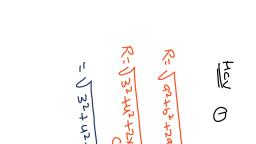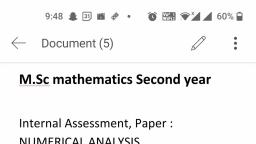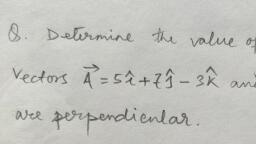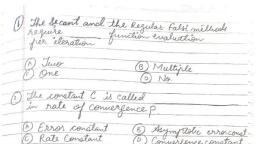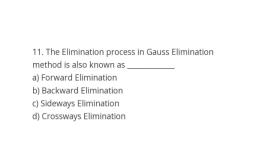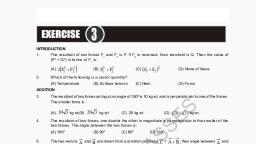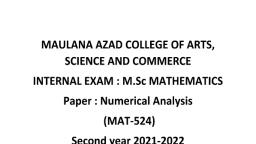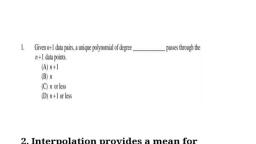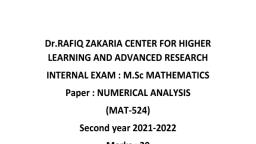Question 2 :
The Polygon Law of Vector Addition is simply an extension of ____________.
Question 4 :
State whether true or false :<div>Scalar is represented by magnitude only. </div>
Question 5 :
State whether True or False : <br>Scalar and Vector, both obey law of vector algebra.
Question 7 :
Identify which of the following quantities is a scalar quantity? <br/>
Question 8 :
State whether given statement is True or False.<br/><div>A quantity which can be represented completely by magnitude only, is called a vector quantity. <br/></div>
Question 10 :
If $\lambda (2\overline {i} - 4\overline {j} + 4\overline {k})$ is a unit vector then $\lambda =$
Question 11 :
If $\vec {a} = i + j - k, \vec {b} = 1 - j + k, \vec {c}$ is a unit vector such that $\vec {c} . \vec {a} = 0, [\vec {c} \vec {a} \vec {b}] = 0$ then a unit vectors perpendicular to both $\vec {a}$ and $\vec {c}$ is
Question 13 :
<span class="wysiwyg-font-size-small"><span class="wysiwyg-font-size-small"></span></span><p class="wysiwyg-text-align-left">Which of the following units could be associated with a scalar quantity?</p>
Question 15 :
State whether given statement is True or False.<br/><div>Scalar has both magnitude and direction. </div>
Question 17 :
For non zero vectors $a,b$ and $c$, if $a+b+c=0$ then which relation true:-
Question 19 :
<span class="wysiwyg-font-size-small"><span class="wysiwyg-font-size-small"><p class="wysiwyg-text-align-left">Which of the following units could be associated with a scalar quantity?</p></span></span>
Question 20 :
<span class="wysiwyg-font-size-small"><span class="wysiwyg-font-size-small"><p>Which one of the following is a scalar quantity?</p></span></span>
Question 21 :
If $\vec {a},\vec {b}$ are two vectors then which of the following statements is/are correct ?<br/>
Question 22 :
lf the initial velocity of a body is $\mathrm{V}_{1}$ and final velocity is $\mathrm{V}_{2}$ and the angle between $\mathrm{V}_{1}$ and $\mathrm{V}_{2}$ is $\phi$, then the change in velocity is:<br/>
Question 24 :
A body is first displaced by 5 m and then by 12 m in different directions. The minimum displacement it can have is ______ m.<br/>
Question 25 :
If the resultant of n forces of different magnitudes acting at a point is zero, then the minimum value of n is:
Question 27 :
Two equal vectors have a resultant equal to either of them, then the angle between them will be
Question 28 :
A vector $\overrightarrow{a}$ of length 10 unitsmakes an angle of $60^{o}$ with $\overrightarrow{b}$ of length 6 units. What is the angle betwwen $\overrightarrow{a}-\overrightarrow{b}$ and $\overrightarrow{a}$
Question 29 :
$ABCDEF$ is a regular hexagon . The centre of hexagon is a point O. Then the value of <br>$\overrightarrow{AB}+ \overrightarrow{AC}+\overrightarrow{AD}+\overrightarrow{AE}+\overrightarrow{AF}$ is
Question 30 :
Which of the following sets of concurrent forces may be in equilibrium?


















